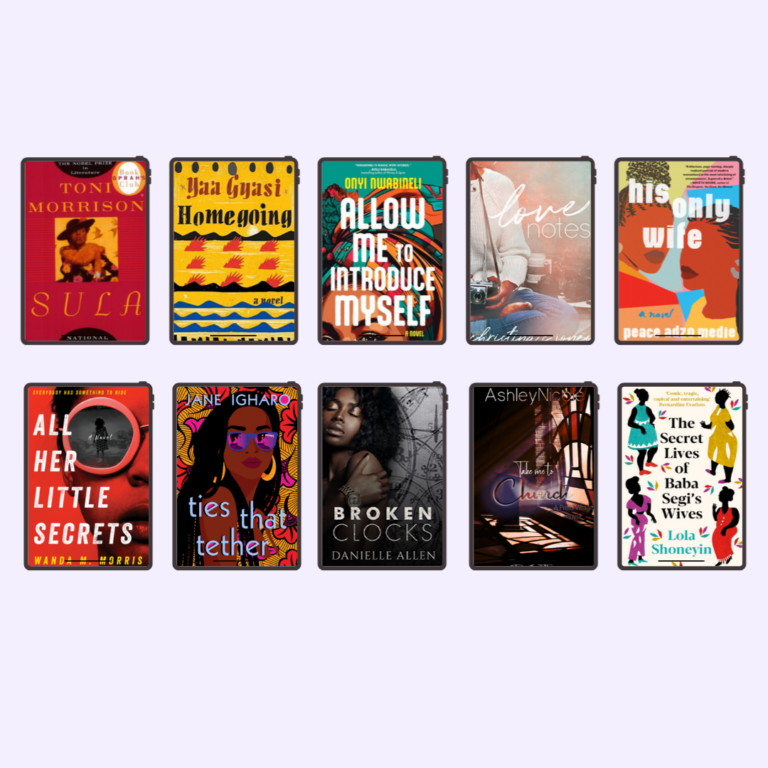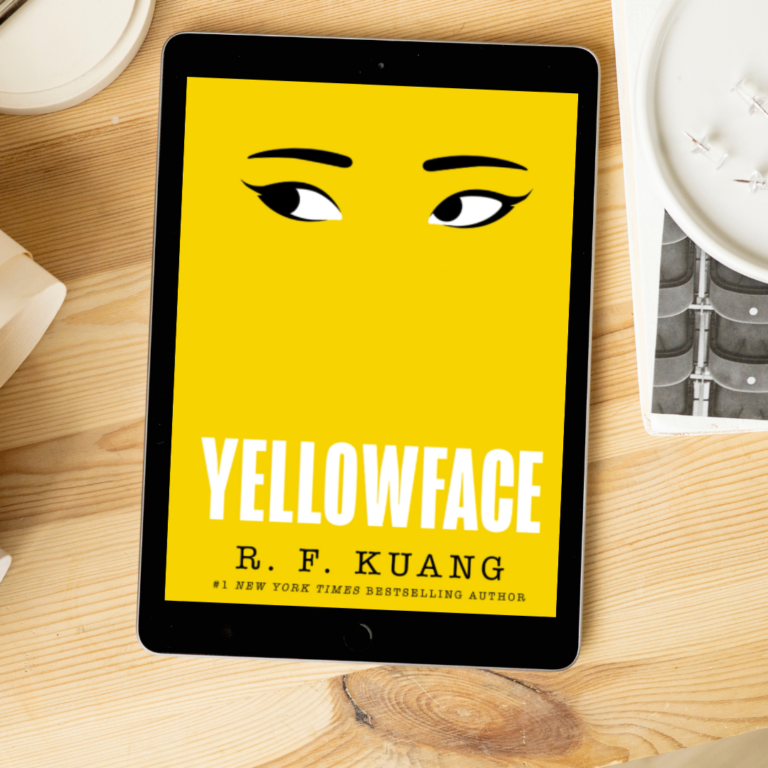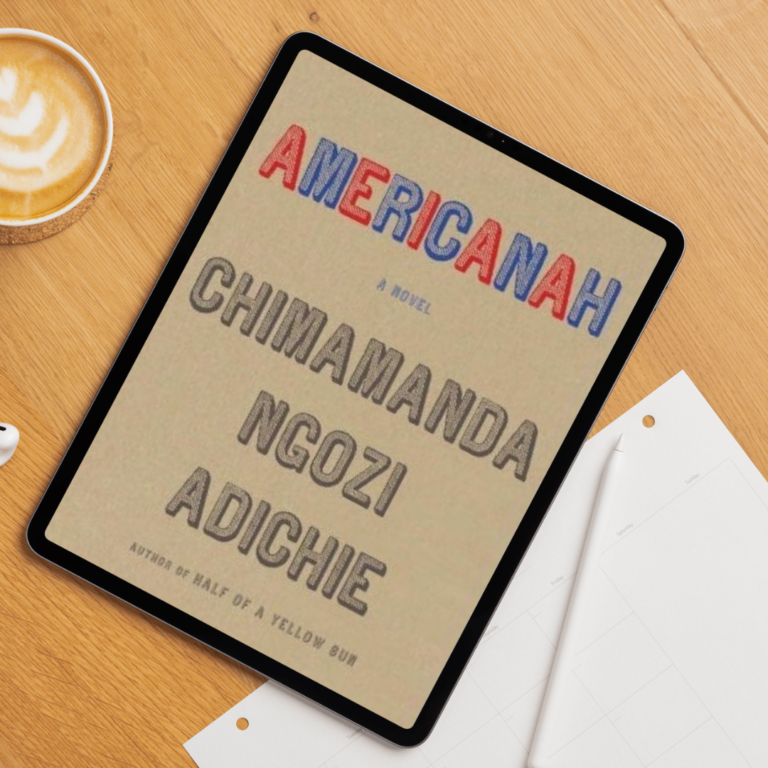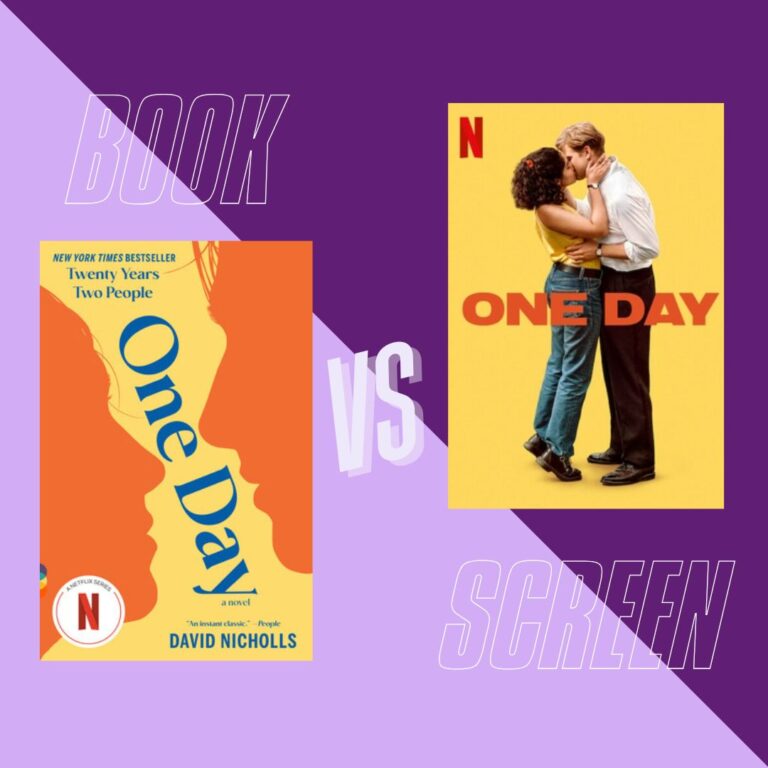The Secret Lives of Baba Segi’s Wives by Lola Shoneyin
Book Published: 2010 | Adapted: 2018 (2025 Revival) | Genre: Contemporary African Fiction
Introduction
The Secret Lives of Baba Segi’s Wives is one of those profoundly moving stories that reveals so much about a people and a culture through a very specific lens. I first came across it on my Twitter community, where someone had stated that the main takeaway from the story was the prevalence of paternity fraud in Nigeria. They were getting torn apart in the comments, and I simply had to understand why.
As a debut into Nigerian literary fiction, both heavy and comical, Lola Shoneyin masterfully explores the various forces of oppression that women and girls face in a patriarchal society – from rape and child abuse to forced marriage, the denial of inheritance rights, and the tensions between co-wives in polygamous households.
A heavy story of the lengths women have to go through to cope with the weight of injustice. It’s an exceptional debut, and while enjoyed may not be the most accurate word to describe the experience, it remains a deeply captivating and powerful read.
So when I heard that the Secret Lives of Baba Segi’s Wives play was being revived, I knew immediately that I had to be there. I love Black theatre, and this was a rare opportunity to experience a story I had loved on the page brought to life on stage. It’s a different experience from a film adaptation – more immediate, more intimate.
So I thought why not discuss book vs play and weigh up what soured and what fell flat.
Tone Shift
The book strikes a subtle balance between dark humour and even darker themes. While Lola Shoneyin certainly infused the story with wit, it often felt like an if we don’t laugh, we’ll cry kind of read. The humour served as comic relief, offering brief moments of levity amidst the emotional weight of the narrative, especially when considering Bolanle’s traumatic past and the loss of her innocence.


The play, however, leans more heavily into comedy and theatrical flair. The reconstructions of each wife’s life are melodramatic, exaggerated, and genuinely fun. We’re given raw, unfiltered glimpses into the characters’ sexual lives, something rarely portrayed so unapologetically on stage, especially in the context of Nigerian families, which are often depicted as traditionally conservative.
Themes
Motherhood
The Secret Lives of Baba Segi’s Wives explores several weighty themes: sexual abuse, patriarchy, and female agency. It makes clear from the outset how the burden of childbearing falls entirely on women. In this androcentric society, the women in Baba Segi’s polygamous household are expected to produce children at all costs. Male infertility is never considered to be an issue, and it’s only the women who face shame. Their options are limited: seek children outside the marriage or risk being cast out in disgrace.
This is particularly evident in Bolanle’s case. The assumption is never that Baba Segi could be the cause of her infertility; it is always her “fault” until proven otherwise. This dynamic is powerfully and consistently illustrated in the book, but was noticeably downplayed in the play.
Female Agency
One of the most compelling portrayals of female agency in the book is Mama Segi’s backstory. She is presented as a woman driven by financial independence, raised by a mother who valued the same. Yet, even she is eventually pressured into marriage, her financial autonomy sacrificed, her money redirected to support a husband who was supposed to “provide.”
This complexity was well translated in the play. I especially appreciated the depiction of her sexuality and her attraction to the women in the market; it added humour and nuance, and was handled in a way that felt both entertaining and affirming.
Trauma
Bolanle’s trauma was far more deeply explored in the book than in the play. Her past sexual abuse is central to her emotional state and motivations; it’s why she ends up with Baba Segi in the first place. She is depicted as intelligent and kind, yet deeply wounded, depressed, and on a self-destructive path. This emotional depth informs her soft-spoken nature and strained relationship with her mother, and it lingers throughout the novel.
In the play, however, while the actress delivered a strong performance, I felt Bolanle’s character lacked the same depth. She came across as more assertive and less emotionally complex, which made her trauma feel somewhat diminished. The play missed an opportunity to fully convey the internal struggle that defines Bolanle in the novel.
Strengths and Limitations of the Play
Strengths
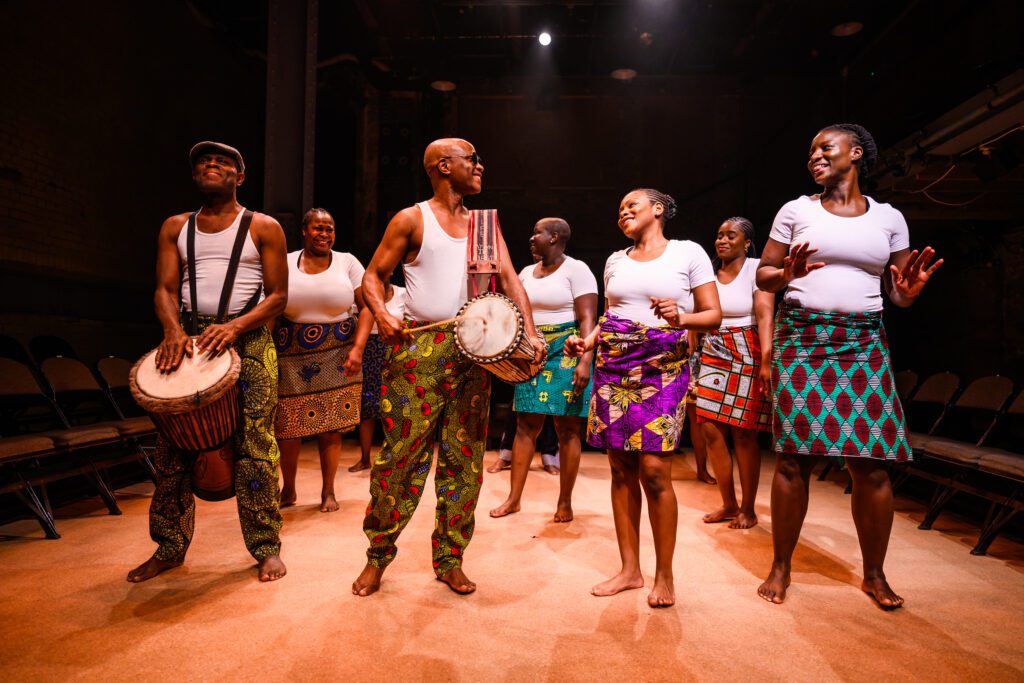
I loved the energy and excitement of the play! It beautifully captures Nigerian culture, particularly Yoruba traditions. The use of dance and musical numbers, performed in Yoruba, infuses the performance with vitality and immerses the audience in an authentic cultural experience. The ensemble’s chemistry was electric. Dressed in simple white tees, with the women in vibrant Ankara wrappers and the men in sokotos, their coordinated attire highlighted a powerful sense of unity.
My favourite part of the play was how it wove together different elements of Yoruba storytelling. The talking drum, oja flute, call-and-response, chorus singing, and dance all came together seamlessly, creating a rich, multi-sensory experience. It was a beautiful and moving exploration of my culture.
This was further elevated by the setting, a bare stage and minimal props. The Ibadan village the characters inhabit is conjured entirely through their voices and bodies; we don’t see it, yet we feel it. The soundscape alone transports us. If you closed your eyes, you could still feel the presence of that village.
Limitations
While the play leaned into comedy and theatrical flair, I felt this emphasis came at the cost of some of the story’s deeper, more serious themes. The wives, for instance, were portrayed more as promiscuous figures rather than as women navigating survival in a deeply patriarchal society. In the book, it’s clear that their choices are shaped by systemic oppression, where womanhood is tied to motherhood and the burden of child-rearing falls almost entirely on women, particularly in a largely uneducated context. That nuance, however, felt diminished on stage.
“The choices we have to make in this world are hard and bitter. Sometimes we have no choices at all.”
Lola Shoneyin
Even Bolanle’s rape, one of the novel’s most harrowing elements, was handled with a troubling lightness. The perpetrator was given a comedic accent that elicited laughter from the audience, and the scene quickly shifted to humour before the gravity of what we had just witnessed could settle. There was little space for the weight of these themes to marinate.
By the end, when the truth is revealed, the audience is almost positioned to feel sorry for Baba Segi. While paternity fraud is indeed painful, Baba Segi is not a character who deserves our sympathy, at least not uncritically. His behaviour is driven by ego and control, and in both the book and the play, the wives ultimately pay the price. Yet the fact that Baba Segi’s actions are largely motivated by a desire to save face and preserve his masculinity is glossed over. This omission flattens the complexity of the narrative. In the end, the wives are still denied fuller, freer lives. But without the emotional depth and critique that the novel provides, that injustice doesn’t land with the same impact. Patriarchy, as the story shows, harms everyone,
Even the interpretation of the characters felt more two-dimensional than the book’s layered exploration. In the book, we gain a much deeper understanding of who the wives are and the backstories that shaped them. Of course, a play doesn’t afford the same amount of time for detail, but considering the novel isn’t particularly long, the depth of character was still conveyed effortlessly in the text. In contrast, the play’s lack of nuance led to portrayals that felt more like caricatures than authentic representations of women.
Conclusion
Despite my critiques, I genuinely enjoyed the play and still consider it a beautiful celebration of my culture. I would recommend it to others. It was vibrant, entertaining, and full of life. However, as someone who had read the book, I found the play far less impactful. The novel goes much deeper in its social commentary; it’s not just a story to be enjoyed, but one to be reflected on.
I highly recommend reading the book, and if the play is ever revived again, don’t miss the chance to see it live!
Always remember….
“Men are like yam. You cut them how you like.”
Until next time!
Signed,



